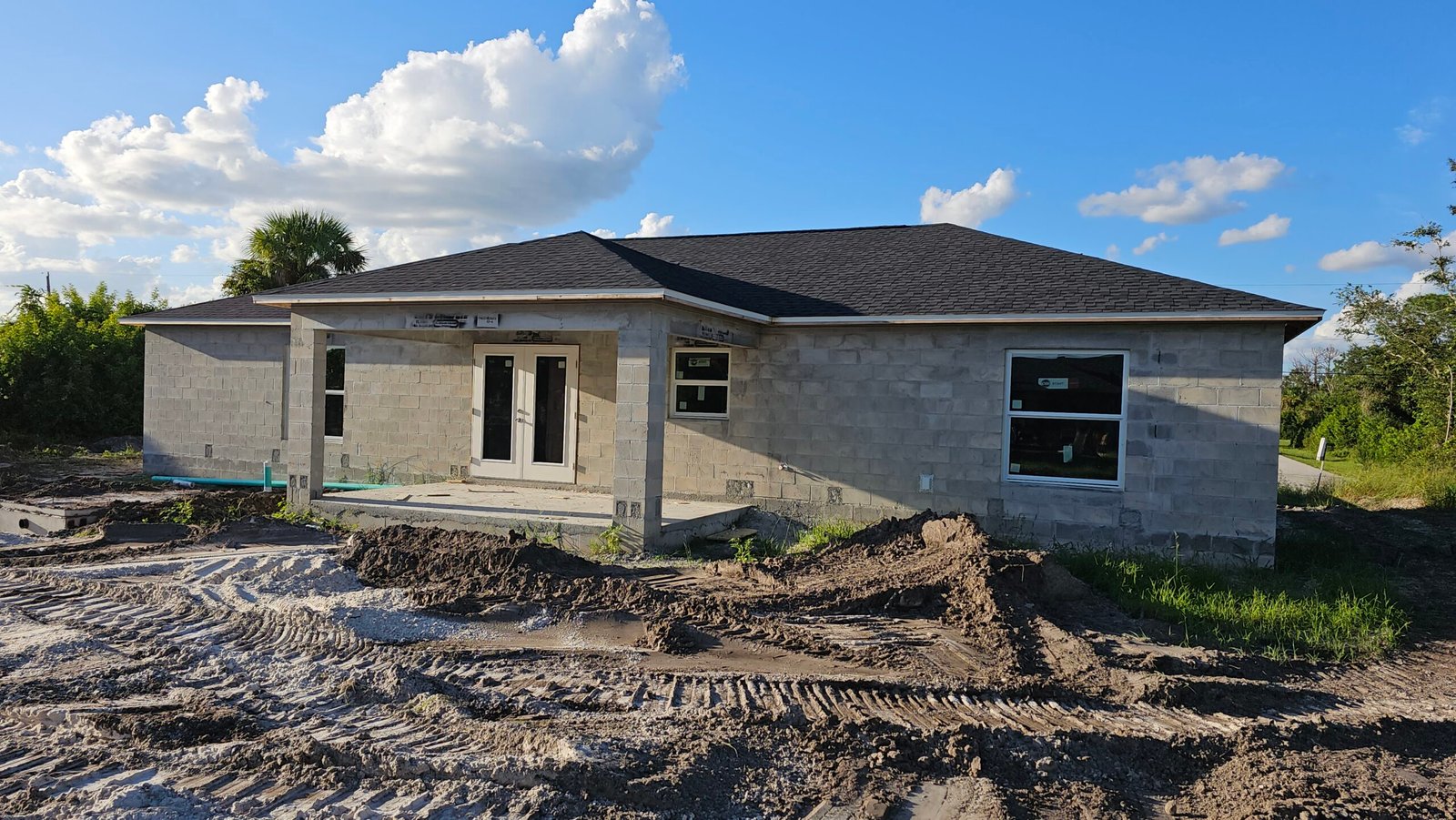Septic Systems
Sewer system
A septic system, often referred to as a septic tank system, is a decentralized wastewater treatment system commonly used in rural and suburban areas where centralized sewage treatment facilities are not available. It is designed to collect, treat, and dispose of household wastewater and sewage on-site. Here are the key components and functions of a septic system.

Septic Tank: The septic tank is a buried, watertight container made of concrete, fiberglass, or other materials. It is typically located underground and receives all wastewater from a household, including wastewater from toilets, sinks, showers, and laundry. The septic tank allows solids to settle and separate from the liquid effluent.
Anaerobic Digestion: Inside the septic tank, organic solids in the wastewater undergo anaerobic (without oxygen) digestion. Bacteria break down these solids into sludge, which sinks to the bottom of the tank, and scum, which floats on the surface. The partially treated effluent (liquid) remains in the middle layer.
Effluent Distribution: The liquid effluent exits the septic tank and is distributed into the drain field, also known as a leach field or absorption field. The drain field consists of a network of perforated pipes buried in trenches filled with gravel or other suitable material. The effluent is evenly distributed throughout the drain field.
Soil Filtration: In the drain field, the effluent percolates through the soil, where further treatment takes place. The soil acts as a natural filter, removing harmful bacteria, viruses, and some pollutants from the wastewater. The effluent is gradually absorbed into the surrounding soil, leaving treated water behind.
Final Disposal: After passing through the drain field, the treated effluent eventually enters the groundwater or is taken up by plant roots. This final step in the process helps to further purify the wastewater before it reenters the environment.
Maintenance: Proper maintenance of a septic system is essential for its long-term functionality. This includes regular inspection, pumping of the septic tank to remove accumulated sludge and scum (usually at five year intervals), and avoiding practices that can harm the system, such as disposing of non-biodegradable materials, excessive water usage, or using harsh chemicals that can disrupt the microbial balance in the tank.
Septic systems are a practical and cost-effective solution for treating wastewater in areas without access to municipal sewage systems. However, they require careful management to prevent problems such as clogs, backups, or groundwater contamination. Local regulations (E.P.A.) and guidelines will dictate the design, installation, and maintenance requirements for septic systems to ensure their safe and effective operation. Property owners should be aware of these regulations and seek professional assistance when needed to maintain their septic systems properly. Failure to do so can result in health hazards and environmental damage.

